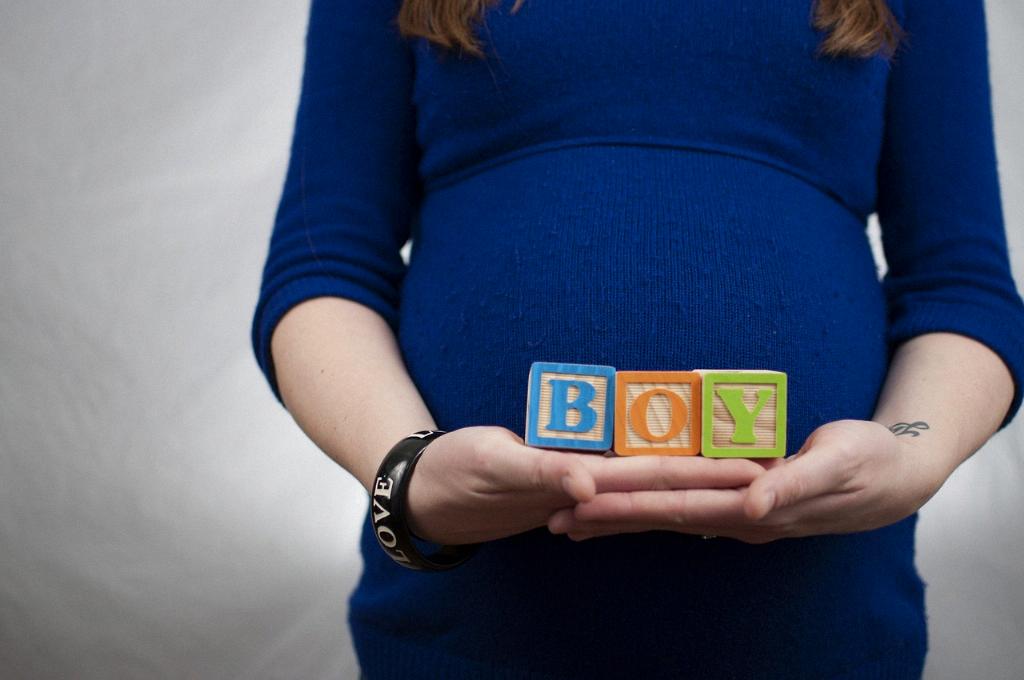Back in the 1950s, before the advent of modern pregnancy tests, one of the most popular methods utilized to determine pregnancy was the Hogben test. Named after the British zoologist Lancelot Hogben, this test was known for its reliability and speed in providing results.
The Hogben test involved a rather interesting process. Urine samples from potentially pregnant women were injected into African clawed frogs. These frogs played a crucial role in the test, as the reaction of their ovaries to the injected urine provided insights into the presence of pregnancy hormones.
One key distinction of the Hogben test was that it utilized female frogs for the testing process. This was in contrast to another method known as the Galli-Mainini test, which involved the use of male frogs. The female frogs’ response to the urine samples helped to confirm or rule out the presence of pregnancy.
During the 1950s, the Hogben test was considered a reliable and quick way to ascertain pregnancy. The rapid response of the frogs’ ovaries to the hormones in the urine samples provided valuable information to medical practitioners and expectant mothers alike.
While the method may seem unconventional by today’s standards, it was one of the most effective ways to test for pregnancy during that era. The use of frogs may sound unusual, but their role in medical testing was significant at the time.
Overall, the Hogben test was a pioneering technique in the field of pregnancy testing in the 1950s. It served as a valuable tool for healthcare professionals and women seeking confirmation of pregnancy, offering a relatively quick and accurate method for determining the status of a pregnancy.
Looking back at how pregnancy testing was conducted in the 1950s provides a fascinating glimpse into the history of medical diagnostics. The innovative use of African clawed frogs in the Hogben test showcases the ingenuity of scientists and researchers during that time.
Despite the advancements in technology and healthcare practices since the 1950s, the legacy of the Hogben test remains a reminder of the creativity and resourcefulness of earlier generations in the field of medicine.
In conclusion, the use of African clawed frogs in the Hogben test was a significant method for testing pregnancy in the 1950s. This unique approach highlighted the commitment of medical professionals to providing accurate and timely diagnostic tools for expectant mothers.
While the methods of pregnancy testing have evolved over the years, the legacy of the Hogben test serves as a testament to the innovative spirit of the medical community in the mid-20th century.

